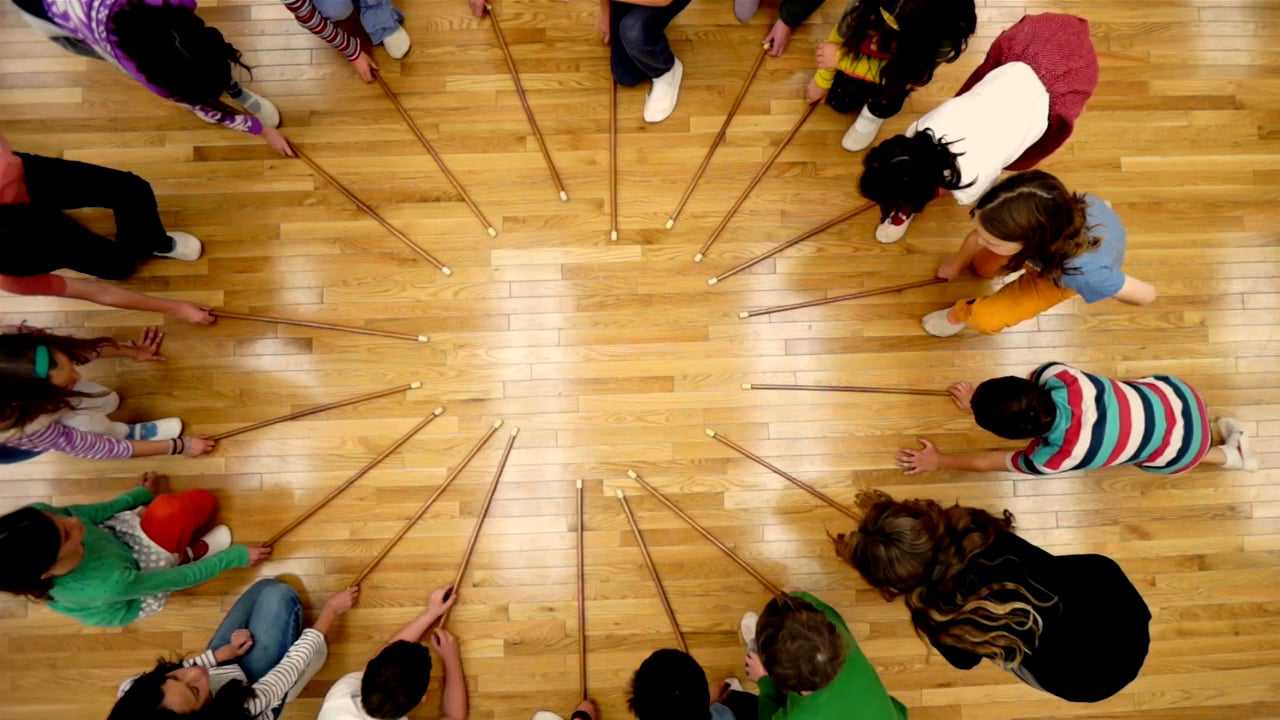
All You Need To Know About Waldorf Education

What is Waldorf education?
It is a distinctive approach to education practised in all Waldorf schools worldwide. It is an education system that is based on an anthroposophical view as well as the wholesome understanding of human beings; the body, the soul, and spirit. Its pedagogy is founded on the role of imagination in learning and integrates holistic, intellectual, artistic and practical development of pupils. This approach is eminent to the early childhood education as it encompasses the hands-on activities and the creative play in the elementary education.
In other words, the system is deemed to help children develop both social and intellectual skills. Its secondary education program is founded on orchestrating critical reasoning and emphatic cohesion. The point here is to create morally responsible individuals with high social competence. Unlike the other centralized systems of education, the Waldorf system allows teachers and individual schools the autonomy of deciding the curriculum content and the teaching methodology.
A brief history
The origin of the Waldorf Education traces back to the chaotic periods of the post world war 1. Rudolf Steiner saw a need for a societal transformation towards independence of economic, cultural and governmental realms. On April 1919, after he held a lecture with workers of the Waldorf-Astoria cigarette factory, they suggested that a school be established for their children. The original Waldorf school was then built as an independent institution which was licensed by the local government. From such a humble start, the ideology and the schools were spread across Germany and later to several other countries. In India for example, there are a number of Waldorf schools that have been established. They include Sloka – the Hyderabad Waldorf school, Abhaya, Prerana, India and Bangalore Steiner School.
Advantages and disadvantages of studying in the Waldorf Schools.
From the fact that it offers a unique education system, there are several advantages that come with it. To begin with, students or pupils from such schools gain a humanitarian kind of education. Students and pupils are taught and guided to practice compassion, peace, respect and social responsibility. Quality education is more than writing, reading, and arithmetics. This is what the Waldorf system acknowledges and takes into keen consideration. What is, even more, is the fact that the success of this educational philosophy has been recorded evidently in most of the institutions.
Another advantage is that children learn through arts. There is no better way for a child at the elementary level to gain academic education than through practising arts. This artistic approach has been seen to shine over other approaches. A research study conducted by Earl Ogletree compared students from the traditional schools and those from Waldorf schools. The research found that the Waldorfs had a higher critical thinking ability than the later.
On the contrary, children are not taught to read until the permanent teeth sprout. This will obviously delay some children who would move faster in the traditional system. Moreover, children may vary in the ages that the permanent teeth begin to grow.
Steiner’s view about religion (anthroposophy) is not something that everyone subscribes to. In the Waldorf Education, student population diversity is also a challenge. Some studies observed that there is a tendency for students from certain ethnicities and religions to avoid such schools.
Related: Vedas and our education system
Recomended Blogs

In recent times, there has been a noticeable surge in cases of viral fever, causing concern among both

Zedua
1 year ago

It indeed is not easy to learn something new! Getting out of your comfort zone and learning something

Zedua
2 years ago

Is your child a team player? In today’s episode, we talk about the Importance of interpersonal relat

Zedua
3 years ago
